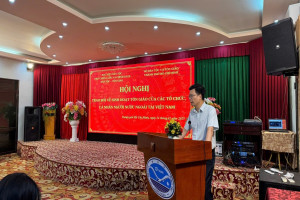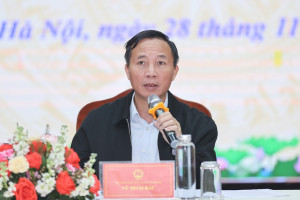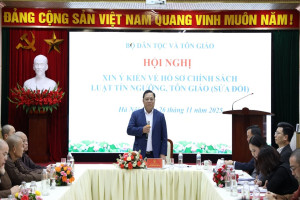
Nhan Tower, also known to E De and Gia Rai ethnic people as Kơ H’meng, and to Kinh people as Cham Tower, is located on a ward 1, Tuy Hoa city, Phu Yen province, and was built in the 11th and 12th centuries.
Nhan Tower includes three parts: base, main body and roof, with 24m high in total. The base of the tower of square shape is larger than the body, about 3.3 meters high. The rows of bricks above are built backwards in comparison with the rows below, steadily shrinking and sticking to the tower’s body. The base of the tower is a large solid block firmly attached to the ground upholding the body and roof of the tower.

Entrance of Thien Y Ana Goddess worshipping place
The body of the tower is also of square shape; each side is 10.5m long, with about 9.3m high; its surrounding wall is 3m thick. The wall is built vertically, with pillars at 4 corners, creating convex ledges on both sides and back. The carvings and ledges on the body of the tower are very rich, not only expressing the aspirations and ambitions of the people but also reflecting the gods’s realm.
The roof of the tower has 4 layers and is about 8.5m high. The bottom layer with 4 large cylinders in 4 corners looks as four lotus buds. The second and third layers also have four lotus buds, growing smaller and tapering up. The pinnacle has four corners that resemble lotus buds, and there is a monolithic rock symbolising a Linga, a male sexual organ symbolising Shiva, one of three supreme Hindu deities.
Inside the tower is an empty space with a length of 4.5m. The base of the tower is 1.8m higher than surrounding ground. The arrangement for worship in the tower is very simple as there is only one worshipping altar dedicated to Thien Y Ana Goddess. Except the rock Linga, the tower’s base, main body and roof were built with bricks.
Every year, when Spring comes, the Poetry Festival on the the 15th day of the first lunar month and the Thien Y Ana Goddess festival from 21st to 23rd of the third lunar month are held at Nhan Tower.




